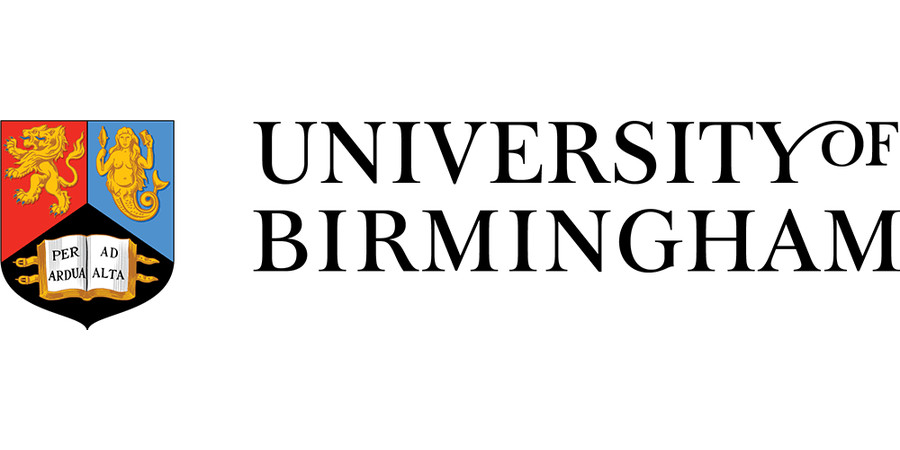PhD Studentship: Anthropogenic Materials as Avian Nest Constituents
University of Birmingham - School of Biosciences
| Qualification Type: | PhD |
|---|---|
| Location: | Birmingham |
| Funding for: | UK Students, EU Students, International Students |
| Funding amount: | Funding covers: annual stipend, tuition fees (at home-fee level), Research Training Support Grant. |
| Hours: | Full Time |
| Placed On: | 19th November 2025 |
|---|---|
| Closes: | 7th January 2026 |
| Reference: | CENTA 2026-B25 |
There is widespread concern about the negative impacts of plastic and other anthropogenic solid waste (hereafter referred to as ‘plastics’) on global biodiversity (Law, 2017; Lau et al., 2020). Such materials are extremely slow to break down, which has resulted in discarded micro- and macroplastics accumulating in marine and terrestrial ecosystems (Thompson et al., 2009; Wang et al., 2021). Plastics are prevalent in environments heavily modified by humans, including urban areas and farmland (Reynolds et al., 2019; MacLeod et al., 2021).
One way in which plastics discarded in the environment negatively impact animal reproduction occurs when they are nest constituents. Nests are built by a range of vertebrate and invertebrate taxa, including fishes, reptiles, insects, amphibians, birds and mammals (Mainwaring et al., 2014). These structures determine the conditions in which their offspring develop and, therefore, are fundamental to breeding outcomes. Although plastics have been incorporated into the nests of mammals (Deeming, 2023) and turtles (Khalid et al., 2025), they appear to be increasingly prevalent in birds’ nests in the form of cigarette butts, plastic bag fragments, baler twine etc. (Potvin et al., 2021; Jagiello et al., 2023).
Plastic inclusion in nests is evidently disadvantageous through, for example, nestling entanglement preventing them from fledging (e.g. Townsend and Barker, 2014), and higher predation of eggs and nestlings with increased plastic load (e.g. Møller, 2017). Therefore, we urgently need to understand the presence of such materials in birds’ nests and its consequences for bird populations.
Here, we will investigate plastic use in established breeding populations of open-nesting Common Blackbirds (Turdus merula), and closed-nesting Blue (Cyanistes caeruleus) and Great Tits (Parus major) across an urbanisation gradient in Birmingham, and on agricultural land and in woodland close to Bangor, North Wales. We will [1] quantify presence and abundance of plastic in the nests across habitat types, and [2] investigate plastic preference by nest-building birds in nest material choice field experiments and the consequences for co-pollutant exposure. Finally, [3] we will examine plastic use by nesting birds globally using image archives such as YouTube, Google Images etc. and relate it to land-use (e.g. urbanisation), pollution etc.
For further information on this project and details of how to apply, please click on the 'Apply' button above.
Further information on how to apply for a CENTA studentship can be found on the CENTA website: https://centa.ac.uk/apply/
Funding notes:
This project is offered through the CENTA3 DLA, funded by the Natural Environment Research Council (NERC). Funding covers: annual stipend, tuition fees (at home-fee level), Research Training Support Grant.
Academic requirements: at least a 2:1 at UK BSc level or a pass at UK MSc level or equivalent.
International students are eligible for studentships to a maximum of 30% of the cohort. Funding does not cover any additional costs relating to moving or residing in the UK. International applicants must fulfil the University of Birmingham’s international student entry requirements, including English language. Further information: https://www.birmingham.ac.uk/postgraduate/pgt/requirements-pgt/international/index.aspx.
Advert information
Type / Role:
Subject Area(s):
Location(s):









